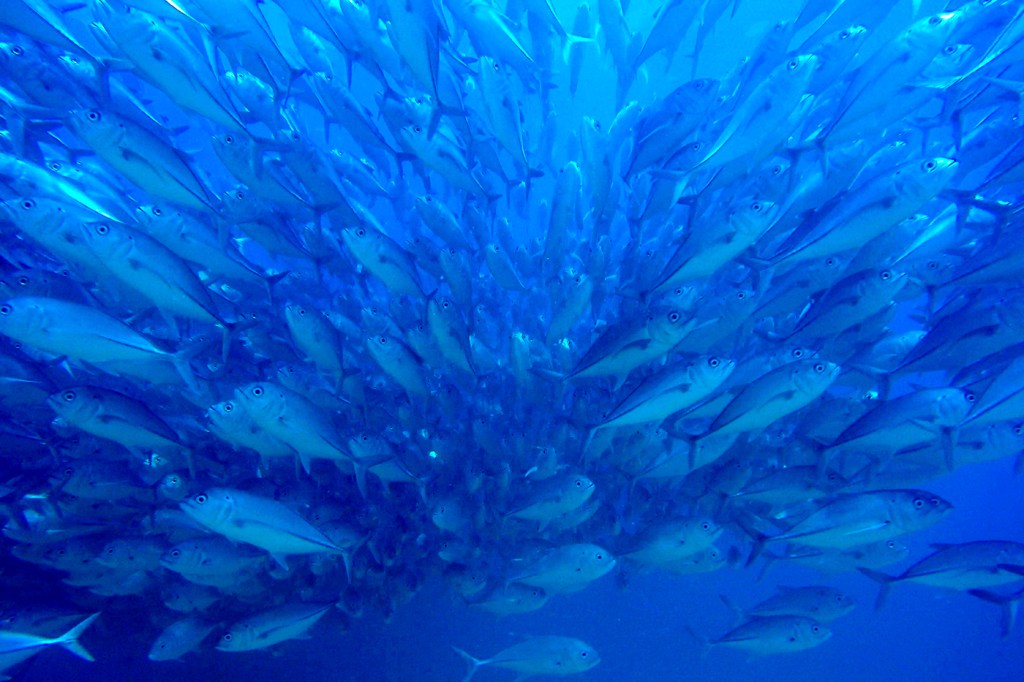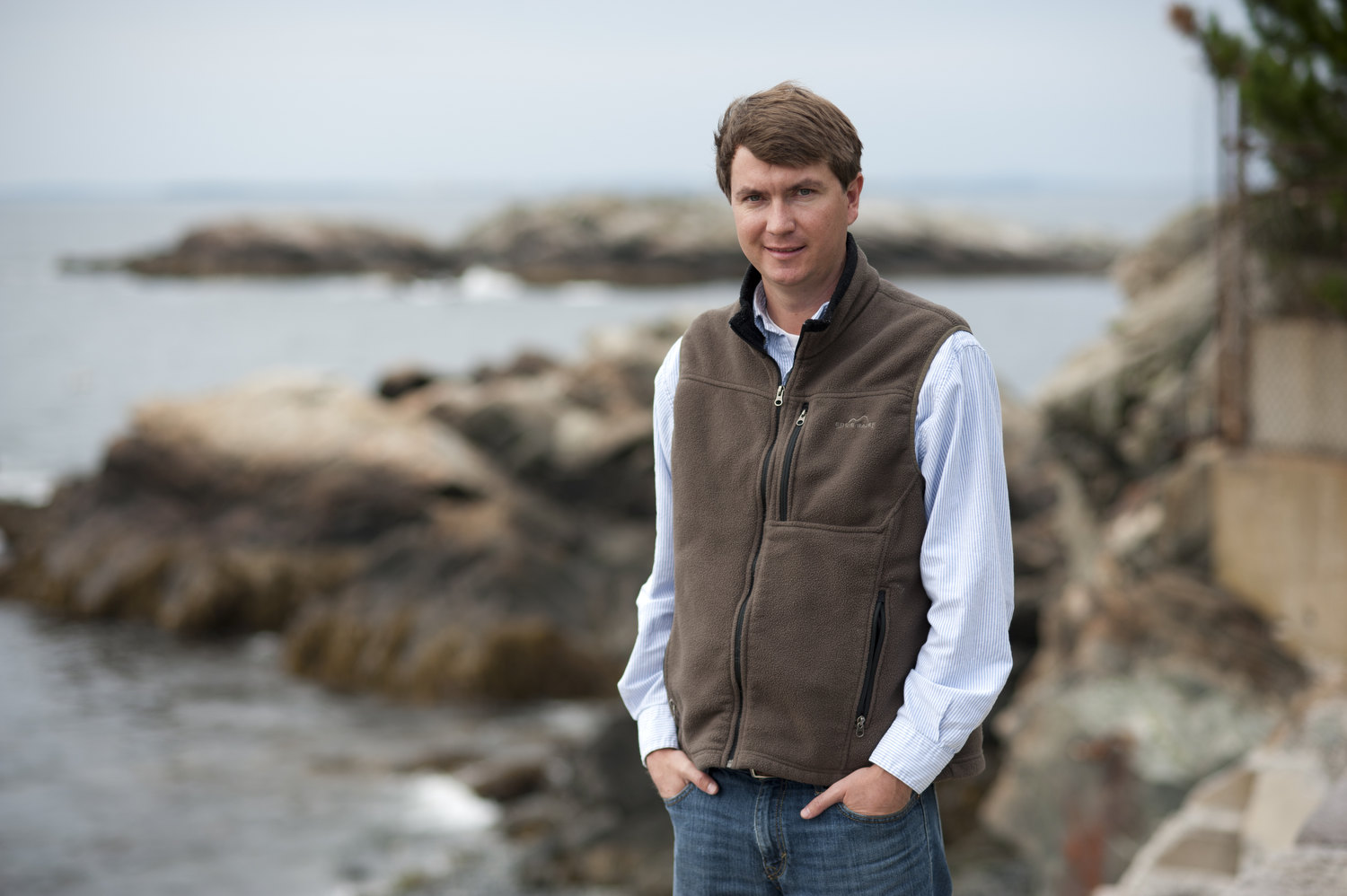To safeguard key coastal ecosystems, this scientist starts by talking to the local anglers

To find out what’s going on below the surface in the Gulf of Mexico, Steven Scyphers often starts by turning to the people who know it best: anglers.
An assistant professor of marine and environmental sciences at Northeastern, he helps lead studies anchored in what he calls “collaborative science,” or the process of partnering with people whose lives are shaped by the marine systems he studies.
The partnerships shed light on the need to balance the health of coastal communities with the industries that rely upon it and offer a model for how scientists can capture the depth of local knowledge in their research.
“Fishermen spend the bulk of their year, if not every day, on the water and the vast majority of scientists only get to spend a small number of days on the water,” Scyphers says. “But we’re both trying to understand the same system.”
Now, thanks to a $9 million grant from the National Sea Grant College Program

Steven Scyphers. Photo by Northeastern University
and the National Marine Fisheries Service, Scyphers and scientists from 12 other universities will team up with anglers to count greater amberjack, a reef fish prized by anglers and chefs alike.
The two-year study will result in the most comprehensive look yet at the species’s numbers, and could help to mend frayed relations between fishery managers and anglers who have long disagreed on how to manage greater amberjack populations.
The project begins with interviews or surveys of more than 1,000 anglers led by Savannah Swinea, a doctoral student at Northeastern studying marine and environmental sciences. Its starting point is unique among scientific studies.
“When you’re thinking about managing fisheries effectively, there’s a lot of examples where it’s really important to combine both scientific data and knowledge with this local or traditional knowledge,” Swinea says. “Combining them can be a powerful way to manage fisheries sustainably and effectively.”
In addition to helping researchers focus their efforts where greater amberjack are most abundant, the process will also build trust in the resulting study, Scyphers says.
“It’s not just doing a bunch of research and taking it to the stakeholders at the end and asking them what it means for their livelihoods,” he says. “It’s really important to have them involved from the beginning and that’s what we’re focused on doing in this project.”
Landing a greater amberjack can be a legendary feat: They can grow up to 6 feet long and can weigh over 100 pounds. Still, its populations have proven difficult to track, partly because they move from reef to reef and, at smaller sizes, look similar to other steel-colored reef fish.
Scientists will compare greater amberjack populations in the Gulf, where officials recently declared the species overfished, to those in the southern Atlantic Ocean, where populations are considered healthier. Researchers hope the blend of interviews, surveys, and high-tech tools to study greater amberjack will be a model for future counts.
“Science is always advancing on its own, and this helps us identify what approaches we can use to study different types of fish species,” Scyphers says.
Increasingly, scientists are tapping into the knowledge of coastal communities in their research.
“Empowering the community to be involved and make decisions is not only a way to help us to help the community—it’s actually making our science better,” Swinea says.
The new award is one of three grants—totaling over $10.7 million—to study fisheries that Scyphers will help lead starting this month.
In 2014, he led a team of researchers partnering with spearfishers to track lionfish, an invasive species in the Gulf. They found that community observers noted lionfish populations up to two years before traditional reef modeling systems and that they did so with higher resolution.
Still, some have been hesitant to accept local knowledge as rigorous data.
“I think that’s where we come in as scientists, is to try to think about how we can collect it in the most rigorous way and minimize the biases that we can, while consistently thinking about the drawbacks and strengths of its applications,” he says.
Since 2015, Scyphers has served on the Scientific and Statistical Committee of the Gulf of Mexico Fishery Management Council, reviewing studies and potential management strategies to sustain the region’s fisheries. On this project, he will partner with 17 other scientists, many of whom recently collaborated to count great red snapper in the Gulf.
“The unifying theme across all groups is that all of the investigators are highly active in science and the management of Gulf and South Atlantic fisheries,” Scyphers says. “There are a lot of established relationships among this team, but there are a lot of new synergies and new collaborations being formed, too.”
For media inquiries, please contact media@northeastern.edu.





